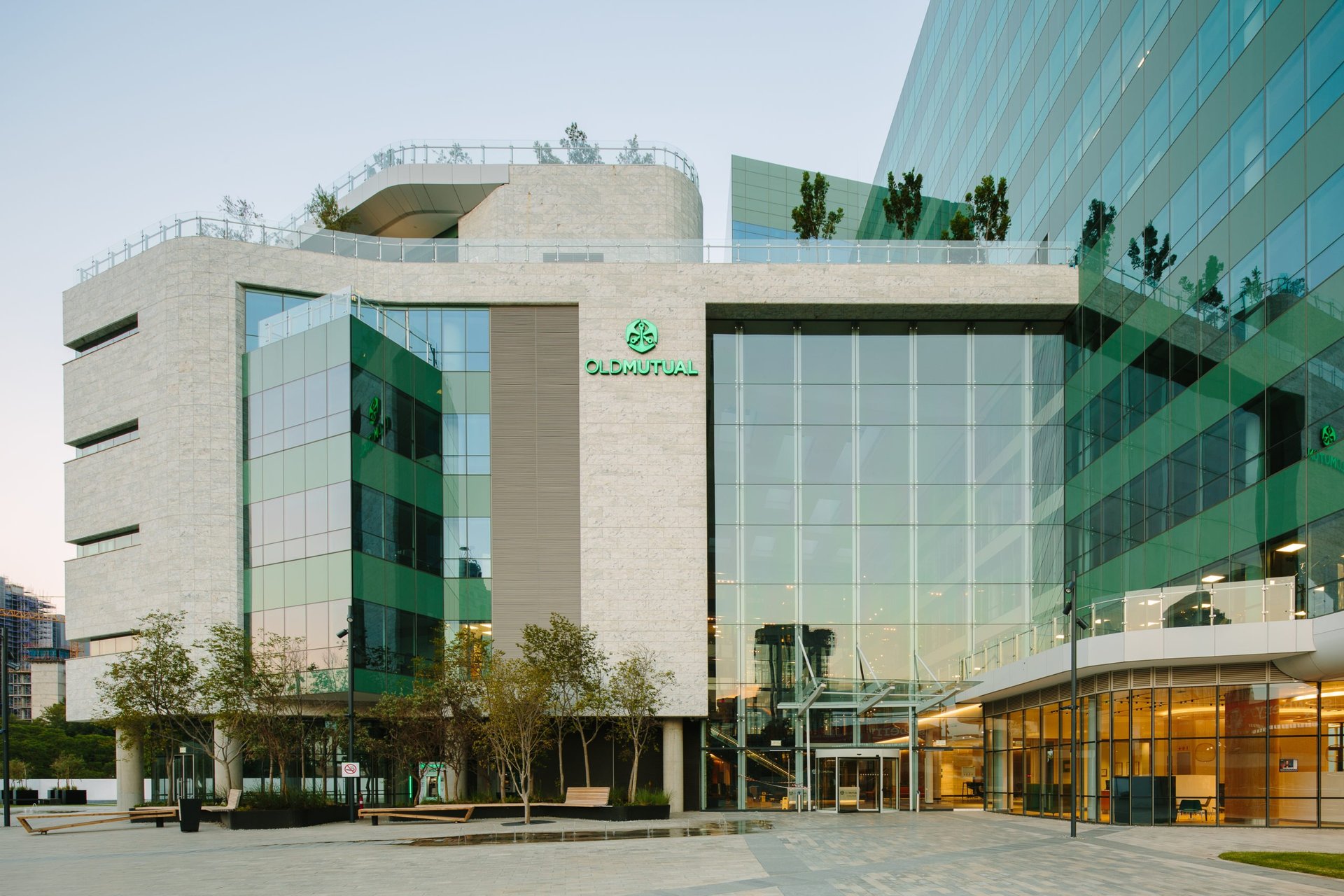
Old Mutual Africa: Change Management, Training, and Digital Enablement
SUCCESS STORY
Introduction
The Finance Transformation Programme (FTP) under the Operational, Management, and Reporting (OMAR) initiative achieved remarkable success by embedding structured change management and training strategies. Supported by the establishment of a Digital Training Academy and a Centre of Excellence, these efforts enabled the organization to evolve into a strategic business partner. By driving innovation, developing insights, and ensuring operational excellence, the program facilitated a smooth transition to modernized financial systems like Microsoft Dynamics 365 (D365). Delivered across 12 countries, the FTP aligned people, processes, and technology to create a sustainable foundation for success, empowering teams and fostering a culture of continuous improvement.
Challenges and Objectives
The OMAR FTP addressed several complex challenges:
Multi-Country Rollout: Implementing D365 across 12 countries involved managing varying time zones, cultural differences, and regional requirements.
Balancing BAU and FTP Activities: Finance team members participated in the program while handling their business-as-usual (BAU) responsibilities, necessitating careful prioritization.
Change and Adoption: Ensuring employees embraced new ways of working, understood the transformation's purpose, and developed the skills to adopt modern tools like D365 and Power BI.
Skill Gaps and Knowledge Transfer: Addressing varying levels of technical expertise to ensure consistency and operational readiness across teams.
Process Optimization: Establishing standardized, scalable, and automated processes to improve accuracy and efficiency.
The program's objectives included:
Equipping teams with the knowledge and tools to confidently adopt D365 and standardized financial processes.
Fostering collaboration and an inclusive culture across program teams, workstream teams, and finance teams.
Creating a positive environment with well-informed teams aligned on objectives and empowered to contribute effectively.
Embedding a culture of innovation, collaboration, and continuous improvement.
Standardizing workflows to ensure consistent, scalable, and automated financial operations.
Driving collaboration and innovation to align with the program's vision of operational excellence.
Change Management and Employee Engagement Approach
Change Management Framework
To ensure a structured approach to change, the FTP utilized globally recognized methodologies:
ADKAR Model: Focused on building Awareness, Desire, Knowledge, Ability, and Reinforcement for adopting changes.
Kotter’s 8-Step Change Model: Guided leadership and team alignment to address resistance and ensure stakeholder buy-in.
Tuckman’s Team Development Model: Supported team dynamics through the forming, storming, norming, and performing stages.
Additional key elements included:
Clear Communication: Defining program goals and sharing frequent, transparent updates to keep stakeholders aligned and informed.
Change Champion Network: Engaging in-country change champions to foster readiness, address resistance, and drive adoption within country finance teams.
Go-Live Readiness and Support: Conducting readiness assessments and providing tailored post-go-live support to minimize disruptions and ensure a seamless transition.
Employee Engagement Strategy
Encouraging Feedback and Collaboration: Actively engaging employees to ensure their feedback informed improvements, fostering ownership and continuous improvement.
Team Wellness Check-ins: Supporting team wellness to ensure resilience and sustained performance during the transformation.
Personal Fulfillment: Aligning employees’ roles and contributions with the program’s vision to motivate and inspire engagement.
Promoting a Collaborative Culture: Fostering open communication and shared objectives across all teams to build alignment and collaboration.
Training and Digital Enablement
Digital Training Academy
Tailored E-Learning Modules: Designing and delivering training specific to D365 and Power BI.
Training Needs Assessments: Identifying skill gaps and curating relevant content for diverse roles.
Engaging Workshops and Hands-On Learning: Providing workshops, real-time demonstrations, and sandbox environments.
Post-Training Support: Offering user guides, video tutorials, and post-go-live support for user readiness and embedment.
Centre of Excellence
Establishing Design Standards: Creating frameworks for best practices to ensure consistent execution across the organization.
Reusable Components: Providing access to resources that accelerate deployment and adoption.
Continuous Improvement: Enhancing processes and training within the company's governance structures.
Alignment of People, Process, and Technology
Empowering Teams: Focusing on who performs the work (people), how the work is done (process), and the tools used (technology) to innovate, scale, and automate processes.
Maximizing Efficiency and Impact: Aligning these elements to establish a winning formula.
Skill Development and Learning Paths
Personalized Learning Paths: Curating targeted skill development for all roles within the finance teams.
Sustained Learning: Enabling ongoing learning through e-learning platforms, workshops, and accessible reference materials.
Outcomes
Adoption and Empowerment
Achieved 100% proficiency in user readiness before utilizing D365 post-training, enhancing operational preparedness.
Change champions in each country alleviated resistance and fostered a culture of readiness and collaboration.
Operational Excellence
Realized significant time savings, allowing finance teams to focus on critical BAU activities.
Standardized and automated processes reduced manual errors, improving efficiency and accuracy.
Enhanced data visibility through D365 and Power BI streamlined reporting and decision-making.
Continuous Improvement
Shared lessons from change champions and teams enhanced delivery strategies for future initiatives.
Fostered a culture of continuous improvement, enabling teams to adapt and innovate beyond the program’s lifecycle.
Employee Engagement and Wellness
Wellness and personal fulfillment initiatives maintained employee morale and motivation.
Teams reported enhanced collaboration and stronger alignment with the program’s goals.
Collaboration Fosters Success
Engaging stakeholders and creating a culture of continuous feedback enhanced buy-in, alignment, and trust in the program's objectives.
Key Successes
Structured Frameworks Accelerate Success: Leveraging ADKAR, Kotter’s, and Tuckman’s frameworks provided a clear path to adoption and sustainability.
Change Champions Drive Impact: Engaging in-country change champions addressed resistance and ensured localized adoption of processes.
Training as the Backbone of Transformation: A well-designed, tailored training program empowered employees to thrive in transformed environments.
Collaboration Drives Continuous Improvement: Feedback loops and shared lessons created a culture of innovation and adaptability.
Alignment Enhances Outcomes: Collaboration across all teams fostered a positive and inclusive culture, ensuring stakeholders were aligned and inspired.
Conclusion
The OMAR Finance Transformation Programme's change management, training, and digital enablement initiatives stand as a benchmark for large-scale organizational transformation. By embedding structured change frameworks, establishing a Digital Training Academy, and creating a Centre of Excellence, the program empowered employees, standardized workflows, and achieved operational efficiencies. This success reflects the organization's commitment to building a culture of collaboration, innovation, and continuous improvement, positioning it as a strategic business partner.

